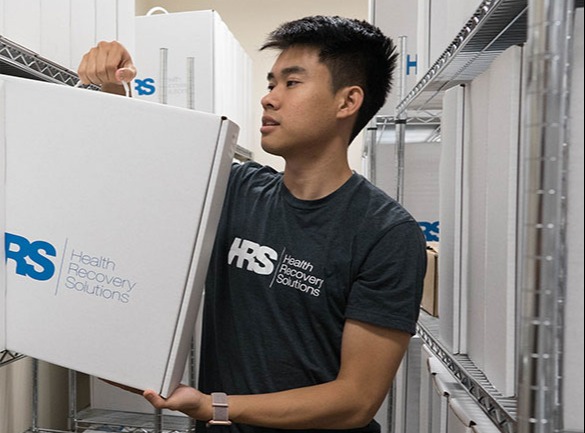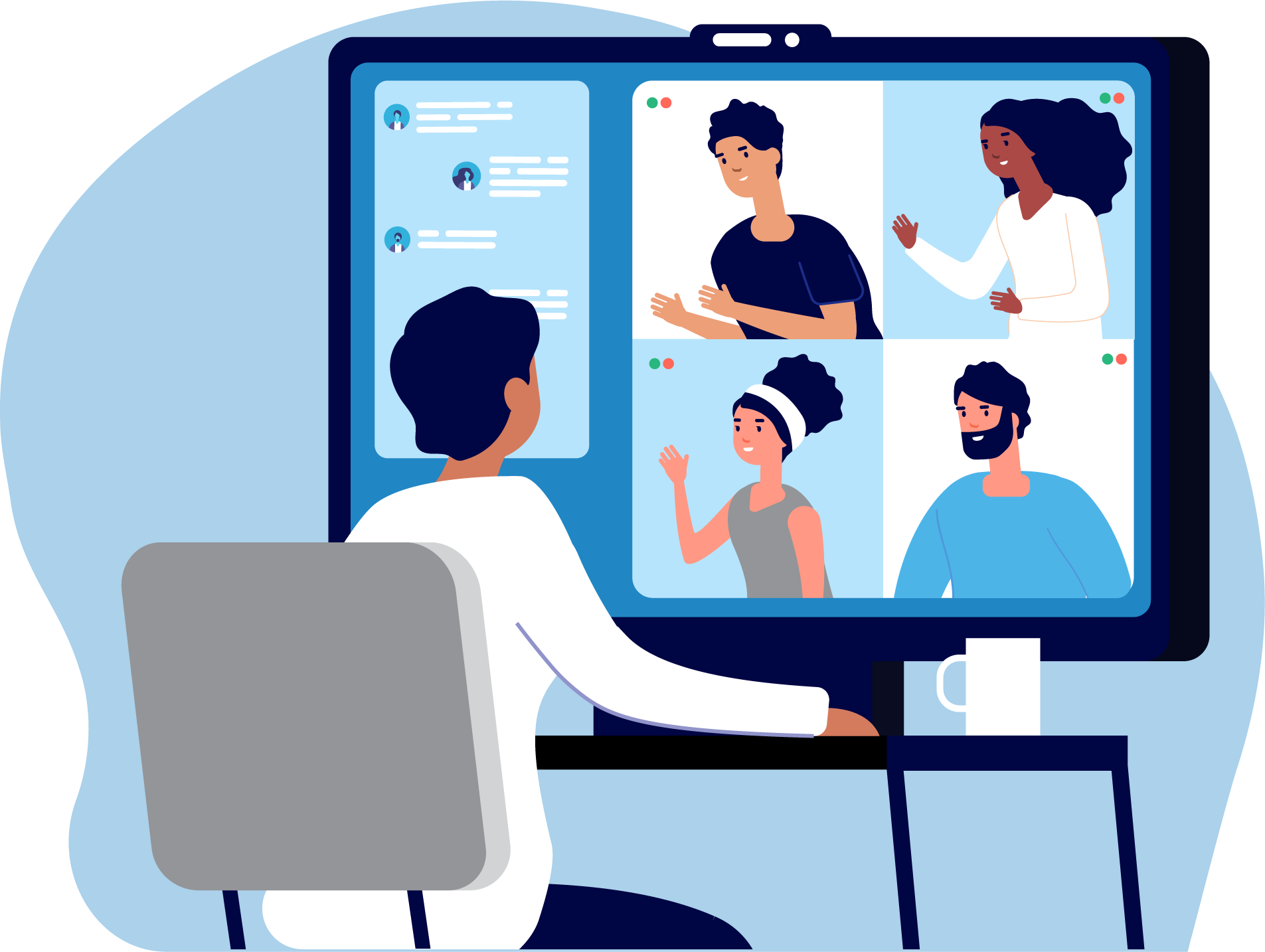Nursing is an incredibly important profession that can greatly impact the health and well-being of individuals, families, and communities. Nurses provide vital services in hospitals, long-term care facilities, clinics, and other settings where they interact with and care for patients in need.
Telehealth nursing is a rapidly growing field that leverages the power of technology to help nurses provide better care. With the combination of advanced technologies and experienced nurses, telehealth programs can have a profound impact on patient health outcomes.
This blog aims to provide critical information on the benefits, challenges, and future of telehealth nursing for nursing leaders, including directors of nursing and chief nursing officers.
What is Telehealth Nursing?
Telehealth nursing is the use of telecommunications technology to provide healthcare services remotely. This includes video, phone, email, and text messaging platforms that allow nurses to communicate with patients who are unable to access in-person care due to distance, medical conditions, or other factors.
Telehealth nurses are often required to have specialized knowledge and skills to provide competent care. They must be able to assess patient needs and develop appropriate patient care plans. Telehealth nurses must also have excellent communication skills to effectively interact with patients via telephone or video conferencing. Additionally, they should be comfortable using computers and other technology to access patient information.
Nursing Informatics and Telehealth
Nursing informatics is a specialized area that combines nursing skills with communications, computer science, and information science. The core responsibilities of an informatics nurse include:
- Improving workflows through communication and technology
- Advancing patient safety through early identification of patient safety risks
- Influencing healthcare policies to promote public health
- Promoting patient autonomy and patient satisfaction
- Improving patient-clinician relationships
- Contributing to the construction of national data infrastructure
What Does a Telehealth Nurse Do?
Telehealth nurses are key members of the telehealth team, serving as an advocate for their patients and ensuring that patient needs are met efficiently while providing quality care.
Telehealth nurses perform some of the same functions as other nurses, but through remote communication. This includes assessing patient needs, developing care plans that meet each patient's unique needs, monitoring a patient’s recovery progress and making necessary adjustments, coordinating services with other providers, and managing medications. They interact directly with patients via video conferencing or telephone to discuss symptoms, answer questions, and provide education.
The Importance of Nurses in an Effective Telehealth Program
Nurses, who practice at the top of their license, are essential to the success of any telehealth program. They are often the first point of contact for patients needing specialized care or treatment options, making them crucial for providing quality care to those who need it most. Telehealth nurses also help streamline and automate processes, freeing up time for more complex clinical tasks. This can significantly improve efficiency and lead to better patient outcomes.
Telehealth in Addressing Nursing Shortages
Telehealth is an essential tool for addressing nursing shortages. As an average across clients, telehealth and remote monitoring allows a ratio of 80 to 100 patients for every telehealth nurse. Nurses can see more patients in less time by reducing the need for in-person interactions. This reduces wait times and stress on healthcare systems by allowing nurses to provide care remotely. Additionally, telehealth can help reduce the number of missed appointments due to travel constraints and enable nurses to provide care to those in remote or rural areas who would otherwise have limited access.
Telehealth Case Study – Southcoast Health Reduces In-Home Visits with Virtual Care
Let’s explore an example of how telehealth can increase efficiency and decrease clinician workload. Southcoast Health is the biggest primary and specialty care provider in southeastern Massachusetts and Rhode Island, serving local communities for over 25 years.
Its Visiting Nurse Association (VNA) partnered with Health Recovery Solutions (HRS) to improve clinicians' workload and patient care transition through telehealth and remote patient monitoring. Patients enrolled in the program are monitored daily, with clinicians responding to risk alerts based on vitals reported through Bluetooth biometric monitoring devices and patient symptoms.
Results
- Saved an average of four in-home nursing visits annually
- Generated $500,000 in cost savings
- Achieved a 7% 30-day readmission rate
Challenges in Telehealth Nursing
There are many proven benefits to telehealth nursing but there are also some challenges in the field. Adapting to new telehealth technologies can be a challenge for nurses, especially those who are not tech-savvy. Another challenge is the shift from bedside nursing to remote monitoring. Since time spent directly interacting with patients is a huge component of the nursing profession, interacting and building rapport online can be a struggle. Some nurses also worry about the administrative burdens that come with the introduction of new technologies.
These challenges can be overcome with the right training and engagement strategies. The knowledge that remote patient monitoring increases patient safety and improves health outcomes can also help nurses overcome reservations around adopting telehealth. It’s important to communicate openly and regularly about the positive impact of the RPM program to keep key stakeholders engaged.
Nurse Training and Clinician Engagement
Nursing directors and chief nursing officers can boost telehealth engagement among nurses by using these training and clinician engagement strategies:
- Provide early education to ensure that nurses are confident and comfortable using telehealth
- Test nurses on their knowledge and utilization of the technology from time to time and reinforce education where needed
- Share the positive outcomes of telehealth and its industry-wide adoption with the nurses
- Streamline the logistics and administrative processes to eliminate all and any roadblocks to the adoption

Streamline Healthcare Logistics with HRS Logistics
Let HRS handle the time-intensive process of sanitizing, provisioning, and calibrating remote patient monitoring equipment—and ensuring it’s packaged and shipped from one patient to the next.
Improving Patient Outcomes through Telehealth Nursing
Telehealth is here to stay and continues to grow in popularity. Telehealth nurses play a vital role in ensuring a telehealth program’s success. There may be roadblocks and hesitancy to adopt new technology at first, but understanding the impact telehealth can bring to individual patients, their families, and the larger patient population as well as its role in reducing nurse burnouts can help in embracing the technology.

Connect with the HRS team
Learn more about how telehealth can support nurses and patients by scheduling a custom demonstration with an HRS Digital Health Advocate.